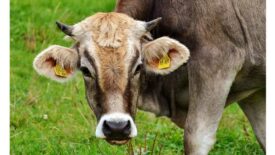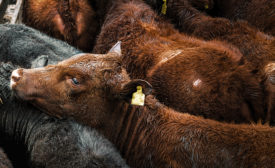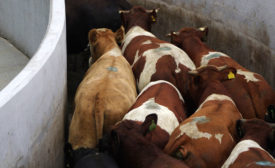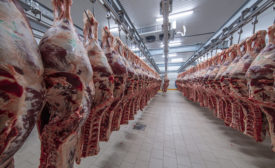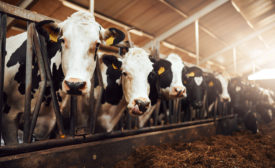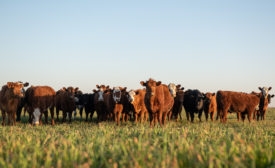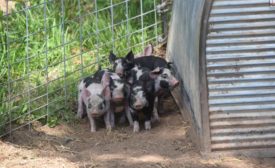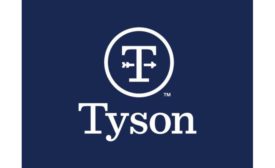Home » Keywords: » humane handling
Items Tagged with 'humane handling'
ARTICLES
Pioneer in humane handling and animal welfare receives accolade.
Read More
SPECIAL REPORT: HUMANE HANDLING
How is welfare-based legislation impacting the protein industry?
Practicing, maintaining and promoting humane handling and animal welfare not only ensures best practices, but also reassures consumers that their purchases align with their priorities.
Read More
Independent Thoughts
Teachable moments from 2022
Training is important in preventing events that could result in enforcement actions.
July 6, 2023
Handlers need proper methods, tools and placement
Dr. Kurt Vogel shares his insights on how to ensure the humane handling of livestock.
Read More
Teachable moments in humane animal handling
Lessons from the 62 humane handling enforcement actions posted to the USDA’s Food Safety and Inspection Services website in 2021.
Read More
Humane handling is critical for small processors
Enforcement actions for mis-stunning or mistreatment are avoidable with proper equipment and proper training.
Read More
Stay ahead of the curve. Unlock a dose of cutting-edge insights.
Receive our premium content directly to your inbox.
SIGN-UP TODAYCopyright ©2025. All Rights Reserved BNP Media.
Design, CMS, Hosting & Web Development :: ePublishing

.jpg?height=168&t=1716626607&width=275)

